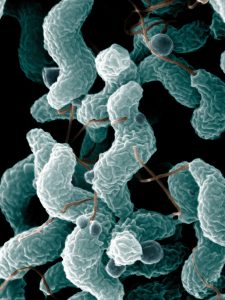
Image Cedhttp://shqip.republika.mk/?p=194461
Have you ever considered why a tub of margarine lasts for 4-5 months while a stick of butter only lasts for 1-2 months? In simple terms, margarine contains trans-fat while butter doesn’t.
As of September 17th, 2018, Health Canada has banned artificial trans-fat from all food supplies. A specific industry produced trans-fat called Partially Hydrogenated Oils (PHOs) is a health hazard and therefore, removed from all industry manufactured foods to imported goods to meals served in restaurants across Canada, taking a step forward in the “Great Move.”
The ban of artificial trans-fat in Canada will take 2 years to phase out all of the pre-existing foods containing PHOs. Through this movement, World Health Organization (WHO) is one step closer to globally eradicating artificial trans-fat. So why is WHO so determined to eliminate trans-fat?
Small amounts of natural trans-fat are found in meat and milk, but the most consumed trans-fat is the one manufactured by the food industry. Artificial trans-fat is produced from a process where liquid oil is solidified, referred to as Hydrogenation. It’s typically found in packaged snacks, baked goods, and fried foods. PHOs is the very reason why your margarine can last for 4-5 months. It provides stability that increases shelf life, while maintaining the spreadable texture and savoury taste that everyone enjoys. But at what cost?
According to numerous research papers, high intake of trans-fat has proven to increases “bad” cholesterol, and decreases “good” cholesterol. This accumulates bundles of fat in blood vessels that result in heart diseases. Excess trans-fat is associated with diabetes and heart risks.
Why is this move so crucial?

Image Credit: Krenosky, S., L’Abbé, M.R., Lee, N., Underhill, L., Vigneault, M., Godefroy, S., & Ratnayake, N. (2013). Risk Assessment of Exposure to Trans Fat in Canada.
The image above displays the average trans-fat intake (g/day) of Canadians in the years 1995, 2004, and 2008 vs. WHOs recommended limit. As the graph indicates, the consumption of trans-fat in Canada has exceeded the recommended amount. Though the intake of trans-fat has reduced over time, it is still a major health issue in Canada. The image below shows that 25% of deaths in 2016 were due to cardiovascular diseases (28% if you include diabetes). By banning PHOs in the food industry, Heath Canada is eliminating a main cause of cardiovascular diseases, along with other health concerns.
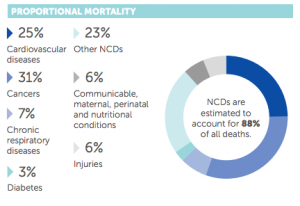
Image Credit: WHO Canada – Proportional Mortality in 2016. *NCDs stands for Non-Communicable Diseases, which includes cardiovascular diseases, cancer, chronic respiratory diseases and diabetes.
Until artificial trans-fat is completely phased out of our diet, here are some helpful tips on avoiding artificial trans-fat.
- Read the nutrition labels carefully – Health Canada has enforced labelling on all packaged foods. Watch out for PHOs in the ingredient section!
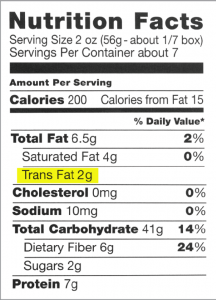
Image Credit: American Medical Association
- Opt-out for healthier alternatives – Natural vegetable oils such as olive or avocado oils have more benefits than harm to your body. Or you could always switch back to butter!
Jinny Jang










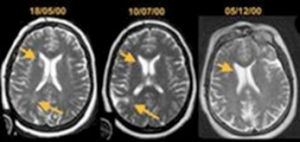
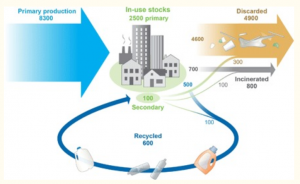








 (
(

